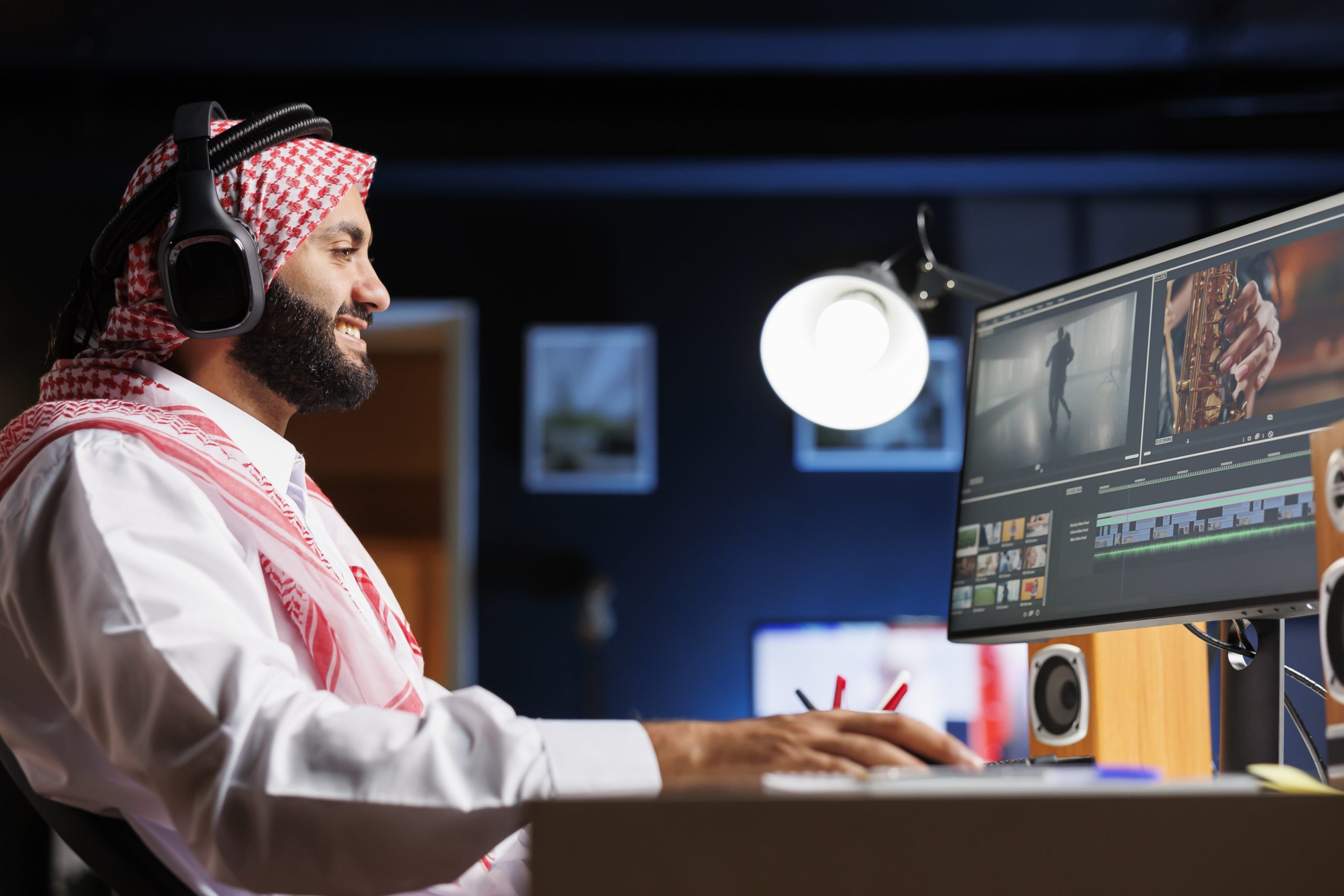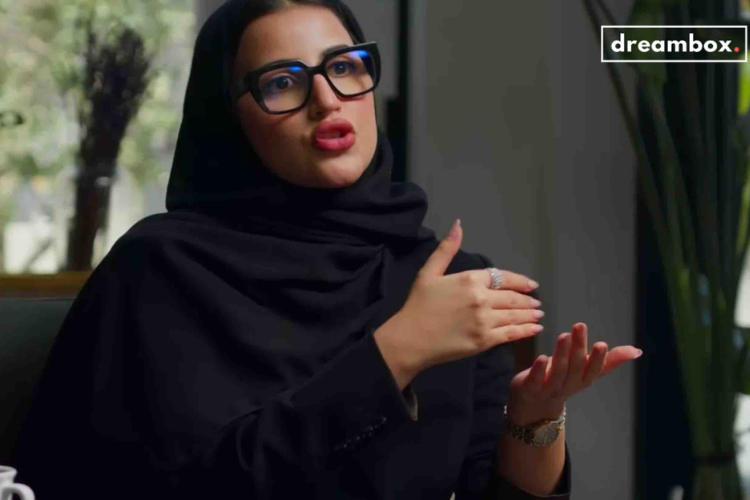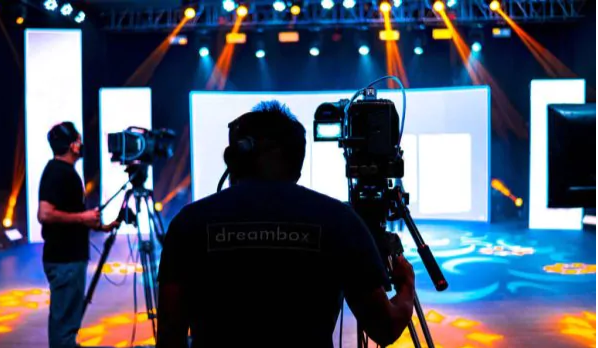Walking onto a corporate video set for the first time can be both exciting and a bit overwhelming. However, understanding what goes on behind the scenes can make the experience far more productive and enjoyable.
A day involves a range of coordinated efforts, including camera rigging, lighting design, sound checks, talent preparation, and live direction. Each of these elements is carefully managed to ensure the final video meets your brand standards and communicates your objectives effectively. The better you understand this process, the more confident and collaborative you’ll be on set, resulting in smoother workflows, fewer delays, and a higher-quality end product.
In this behind-the-scenes guide, we’ll walk you through every phase of a professional corporate video shoot, providing insights into the roles, processes, and best practices that contribute to a successful production experience.
Pre-Shoot Preparations
Briefing & Creative Alignment
The foundation of any successful corporate video production begins with thorough pre-production planning. During the briefing phase, production teams review detailed scripts, shot lists, and creative objectives with all stakeholders. This collaborative process ensures everyone understands the project’s goals, target audience, and key messaging.
Brand guidelines play a crucial role during this phase. Production teams must understand your company’s visual identity, tone of voice, and messaging standards. This includes reviewing logo usage requirements, color palettes, typography preferences, and any compliance considerations specific to your industry.
Creative alignment meetings typically involve reviewing storyboards, discussing visual references, and confirming the overall aesthetic direction. These sessions help identify potential challenges early and establish clear expectations for the final deliverables.
Location Setup & Technical Checks
The best corporate videos require extensive technical preparation. Camera crews arrive early to conduct comprehensive equipment checks, ensuring all cameras, lenses, and recording devices function properly. Lighting technicians assess the location’s natural light conditions and install professional lighting rigs to achieve consistent, flattering illumination.
Audio engineers test microphone systems, including wireless lapel mics, boom microphones, and ambient sound recording equipment. Poor audio quality can derail even the most visually stunning corporate video, making this technical preparation essential.
Talent Preparation
Corporate video talent preparation extends beyond simply memorizing lines. Professional makeup artists and wardrobe specialists ensure on-camera participants look polished and professional under studio lighting conditions. Even subtle makeup application can significantly improve how executives and employees appear on camera, especially when the content may also be repurposed for corporate portrait and headshot photography in Dubai.
Talent briefing sessions help participants understand camera angles, eye-line direction, and natural movement patterns. Many corporate executives are unfamiliar with on-camera performance, so production teams provide coaching on speaking pace, gesture control, and maintaining authentic energy levels throughout multiple takes.
On-Set Roles and Responsibilities
Director & Production Crew
The director serves as the central creative authority during corporate video production, coordinating between technical crew members and client stakeholders. They manage the creative execution of the approved script while adapting to real-time challenges that may arise during filming.
Camera operators work closely with the director to capture predetermined shots while remaining flexible for spontaneous moments that may enhance the final product. Lighting technicians continuously monitor and adjust illumination as natural light conditions change throughout the shoot day.
Audio engineers maintain consistent sound quality across all recording segments, monitoring levels, and adjusting microphone placement as needed. Their expertise ensures clean dialogue recording and professional ambient sound capture.
Client and Stakeholder Involvement
Client involvement during corporate video production requires careful balance. While stakeholder input is valuable, excessive interference can disrupt the creative flow and extend production timelines. Professional production companies establish clear communication protocols for client feedback during filming.
Live monitoring setups allow clients to observe footage in real-time without interrupting the filming process. These systems typically include dedicated monitors where stakeholders can review shots and provide feedback during natural breaks in the shooting schedule.
Approval checkpoints are strategically scheduled throughout the day, allowing clients to review completed segments and suggest adjustments before moving to subsequent scenes. This collaborative approach ensures client satisfaction while maintaining production efficiency.
The Filming Process
Shooting Sequences
Corporate video production typically involves breaking complex scenes into manageable segments. This approach allows for precise control over lighting, audio, and performance quality while providing flexibility during the editing process.
Multiple takes are standard practice for corporate video production, ensuring editors have sufficient footage to create polished final products. Directors typically capture several versions of each scene, varying delivery styles, camera angles, and pacing to provide maximum post-production flexibility.
B-roll footage collection is essential for creating engaging corporate videos. This supplementary footage includes workplace scenes, product demonstrations, and environmental shots that enhance the primary narrative content. Professional production teams allocate specific time blocks for comprehensive B-roll capture.
Managing Time on Set
Effective time management is crucial for corporate video production success. Professional production companies create detailed shooting schedules that allocate specific timeframes for each scene, accounting for setup requirements, talent preparation, and equipment adjustments.
Unexpected delays are common in corporate video production, ranging from technical equipment issues to talent performance challenges. Experienced production teams build buffer time into their schedules and maintain flexible approaches to accommodate these inevitable disruptions.
Location-specific factors can impact filming schedules, including noise restrictions, lighting changes, and space availability. Production managers coordinate with facility management to ensure minimal disruption to ongoing business operations while maintaining production quality standards.
Wrapping Up the Shoot
The conclusion of a corporate video production shoot involves a systematic breakdown of equipment and restoration of the location. Professional production teams ensure filming locations are returned to their original condition, respecting the host organization’s operational requirements.
Data backup and transfer protocols are critical for protecting valuable footage. Production companies typically employ multiple backup systems, including on-site storage redundancy and cloud-based archival solutions. This comprehensive approach prevents footage loss and ensures secure file management.
Initial client feedback sessions often occur immediately following filming completion. These discussions allow stakeholders to share immediate impressions and identify any concerns that may require addressing during post-production.
Post-Shoot Expectations
Post-production workflows begin immediately after filming concludes. Raw footage undergoes initial review and organization, with editors creating preliminary cuts based on the approved script and creative direction established during pre-production.
Editing timelines vary significantly based on project complexity, required revisions, and client feedback cycles. Simple corporate interview videos may require one to two weeks for completion, while complex multi-segment productions can extend to several months.
Communication protocols during post-production ensure clients remain informed about project progress. Regular updates, preview screenings, and structured feedback sessions help maintain project momentum while ensuring client satisfaction with the final deliverables.
Maximizing Your Corporate Video Investment
Corporate video production represents a significant investment that can deliver substantial returns when executed professionally. The key to success lies in selecting experienced production companies that understand your business objectives and possess the technical expertise to bring your vision to life.
At Dreambox, we understand that powerful business imagery plays a vital role in shaping first impressions and reinforcing your company’s identity. Our team specialises in creating high-quality, professionally lit portraits that align with your brand’s tone, culture, and positioning. We offer tailored photography sessions designed to suit corporate teams, executives, and leadership groups, all with a focus on consistency, authenticity, and brand alignment. With years of experience serving top-tier organisations across the UAE, Dreambox delivers polished visual assets that elevate your company’s professional presence across digital and print platforms.
Contact Dreambox today at +971504120075 or email contact@dreamboxme.com for a free quote and let our expert team bring your brand image to life with precision and professionalism.











